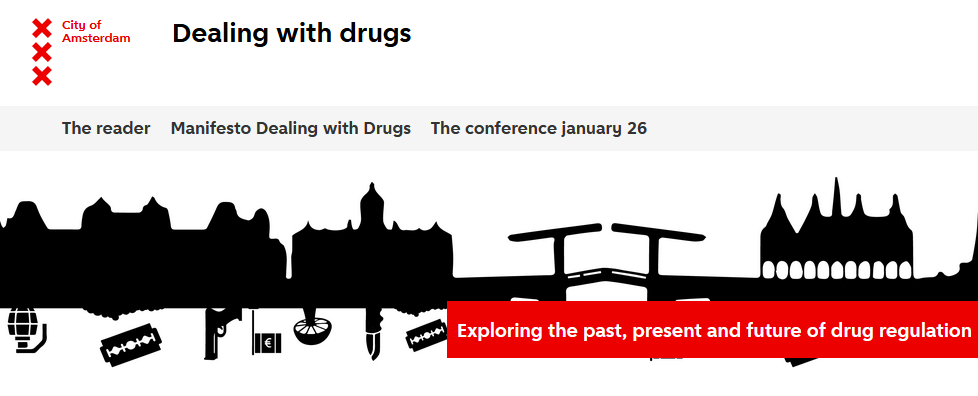This is a Mastodon thread. The original thread is available here:
On Friday the 26th of January 2024, the mayor of Amsterdam, Femke Halsema, organized a groundbreaking conference 📢
Refreshingly, crucially, the focus of the conference was not the question of whether drugs should be regulated 💊
Instead, we focused on, given that the rational and humane approach was regulation, how we can achieve this 🚀
(blog post: )

I had the honour of contributing to two sessions in this conference.
The first was about the MDMA think tank I initiated in 2019 together with Jan van Amsterdam, Wim van den Brink, Ton Nabben, Floor van Bakkum, and Judith Noijen.
The second, with Kaj Hollemans, was about how to support politicians in adopting a rational and humane approach to drug policy (as opposed to promoting a policy that strengthens crime).
In that think tank, we applied a procedure designed to minimize the risk of bias in estimating the effects of different drug policies. To enable aggregating the effects on different outcomes, we used multi-criteria decision analysis (MCDA).
This has been done before, for example by Rogeberg et al. (see https://doi.org/gdttjm). We adjusted the procedure to minimize the risk of bias.
Where earlier exercises started with formulating the policy models and then estimated the effects on various outcomes (called ‘criteria’ in multi-criteria decision analysis or MCDA), we split the policy models (e.g. ‘regulation’, ‘repression’, or ‘free market’) into the policy instruments they consist of.
We call this Multi Decision Multi Criteria Decision analysis (MDMCDA).
We then estimated the effects of each policy option that together form these policy instruments. For example, the policy instrument “sale of MDMA” can have policy options “legal to all citizens”, “legal but with an age limit”, or “illegal”.
In total, we had 22 of such policy instruments, each consisting of 2 to 7 mutually exclusive policy options, for a total of 95 policy options.
With a multidisciplinary group of experts (in law enforcement, psychopharmacology, prevention, philosophy, etc) we then estimated the effects that each policy option would have on 27 potential outcomes (such as user health, organized crime, state income, etc).
This means we produced 2565 estimates 🤯
That concluded the “objective phase”.
Two more subjective steps remained:
👉 Defining policy models (e.g. “free market”) as specific configurations of policy options (e.g. “legal to all citizens”) in each policy instrument (e.g. “sale of MDMA”) 👉 Establishing the weights of the outcomes (“criteria” in MCDA terms).
Of these two, although the first (defining policy models) is subject to some differences between people (e.g. whether “free market” means that sale to everybody is allowed, or only to adults), the second is probably a lot more subjective (how important is crime relative to health?).
We used the average weights of the think tank members:
1️⃣: User Health: 100 2️⃣: Crime: 89 3️⃣: Use (prevalence & patterns): 69 4️⃣: Environmental protection: 58 5️⃣: Financial costs & benefits: 36 6️⃣: International politics: 25
So international politics was deemed one quarter as important as user health, but crime only 10% less important.
Then, the “performance” of each policy model in terms of these outcomes (criteria) could be calculated. We also did sensitivity analyses, and interestingly, the results proved to be very robust against differential weighting. More about that later.
This is how the policy models performed:
If you take only three of these and plot them, you get the famous “harm reduction curve” (see e.g. )